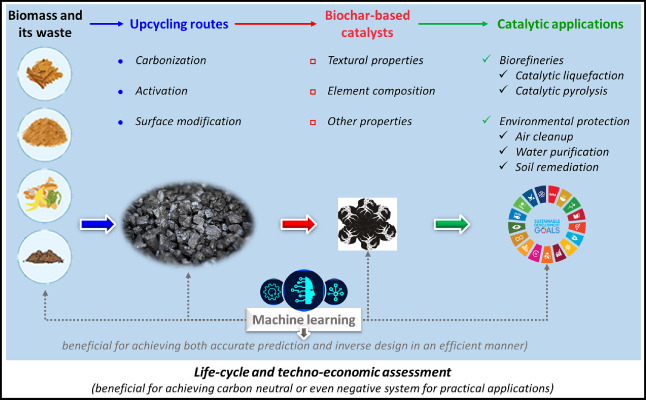
# Advancement in Polymer Recycling: An Innovative Nickel-Catalyzed Method for Enhanced Durability and Recyclability
## Introduction
The increasing usage of plastics and polymers in contemporary society has transformed sectors ranging from packaging to electronics to automotive production. Nonetheless, one significant issue remains: how can we create materials that perform well in demanding conditions while also being recyclable? One notable polymer, **poly(aryl ether)**, boasts exceptional properties for high-performance uses, but its inherent toughness poses recycling challenges, thus adding to environmental pollution.
However, a group of scientists at Osaka University in Japan, spearheaded by *Professor Mamoru Tobisu*, has crafted a pioneering solution to tackle this issue. They have developed a thermoplastic derived from poly(aryl ether) that retains its strength during typical usage but **specifically degrades** in the presence of a nickel catalyst, presenting a promising avenue for endless recyclability.
—
## The Issue with Poly(aryl ether)
Poly(aryl ether) has built a strong reputation for its remarkable resistance to heat, chemicals, and mechanical pressure. This makes it a prime choice for essential applications in the **automotive**, **packaging**, and **electronics** sectors. However, **the same robustness that renders poly(aryl ether) so valuable also leads to significant hurdles regarding recycling**.
The polymer’s sturdy structure contains **C–C** (carbon-carbon) and **C(aryl)–O** (carbon-oxygen) bonds, which are exceptionally resistant to breakage. This quality hinders its easy degradation, whether through mechanical or chemical means, rendering conventional recycling techniques ineffective. While past research efforts aimed to modify the polymer after it was produced—utilizing steps like **C–H oxidation** and **dehydrogenation**—these methods frequently result in convoluted product mixtures that are not suitable for repolymerization into high-quality materials.
As noted by **Ying Yang**, a polymer chemist at the University of Nevada who did not participate in this research, “We usually incorporate labile groups [weaker, breakable elements] into polymer structures to facilitate degradation into monomers, but this compromises backbone stability.”
Notably, the recent progress from Osaka University presents a hopeful alternative.
—
## The Breakthrough: A ‘Lock-and-Key’ Mechanism for Recycling
Professor Mamoru Tobisu’s team has formulated a groundbreaking technique that simultaneously addresses the **stability** and **recyclability** of poly(aryl ether). Their method involves the addition of a **heteroatom-containing functional group**, referred to as a *directing group*, directly into the polymer’s framework.
This directing group functions like a **lock**: it enables the poly(aryl ether) to preserve its structural integrity during standard use, allowing it to endure high temperatures and harsh chemicals. However, upon exposure to a specific **nickel catalyst** combined with a reducing agent, the polymer’s structure disassociates predictably. This mechanism leads to the systematic breakdown of the polymer into its original **monomers**.
Furthermore, the polymer degrades efficiently and selectively, ensuring that the resulting monomers can be effectively re-polymerized into materials matching the quality of the original product. “We’ve been advancing catalytic methods to cleave strong bonds in small organic molecules for a while,” explains Tobisu. “Applying this methodology to polymer recycling was not a significant stretch, but rather a **Columbus’ egg moment**—it became evident once we recognized it.”
—
## Evaluating the Concept: Realizing Theoretical Application
To validate their promising theory, Tobisu and his team set out to synthesize two varieties of **poly(aryl ether)-based polymers** incorporating the directing group. The polymers were subsequently subjected to the nickel catalyst in the presence of a reducing agent. As expected, the polymers **selectively broke down into their original monomers**.
This was a critical finding, demonstrating that these polymers can be disassembled and reassembled multiple times, allowing for **infinite recyclability** without any degradation in material quality.
The researchers also assessed the thermal and chemical stability of these polymers to confirm their retention of high-performance traits. The results were impressive: the polymers displayed **decomposition temperatures spanning from 399°C to 465°C**, and they endured **acidic, basic, and oxidative conditions** without deterioration. This validates that the structural changes did not weaken the material’s durability—rendering the polymer both robust and **completely recyclable**.
—
## Broadening the Scope of Polymer Recycling
The importance of this breakthrough is evident: it introduces a **new avenue** for enhancing polymer recycling. Historically, poly(aryl ether) has posed recycling difficulties, but now, thanks to the locking mechanism enabled by the directing group alongside the nickel catalyst, new possibilities emerge. As Ying Yang remarks, “This study is an excellent foundation for making high-performance engineering polymers recyclable without modifying the backbone structure or stability.”
In addition, the research team from Osaka University is eager